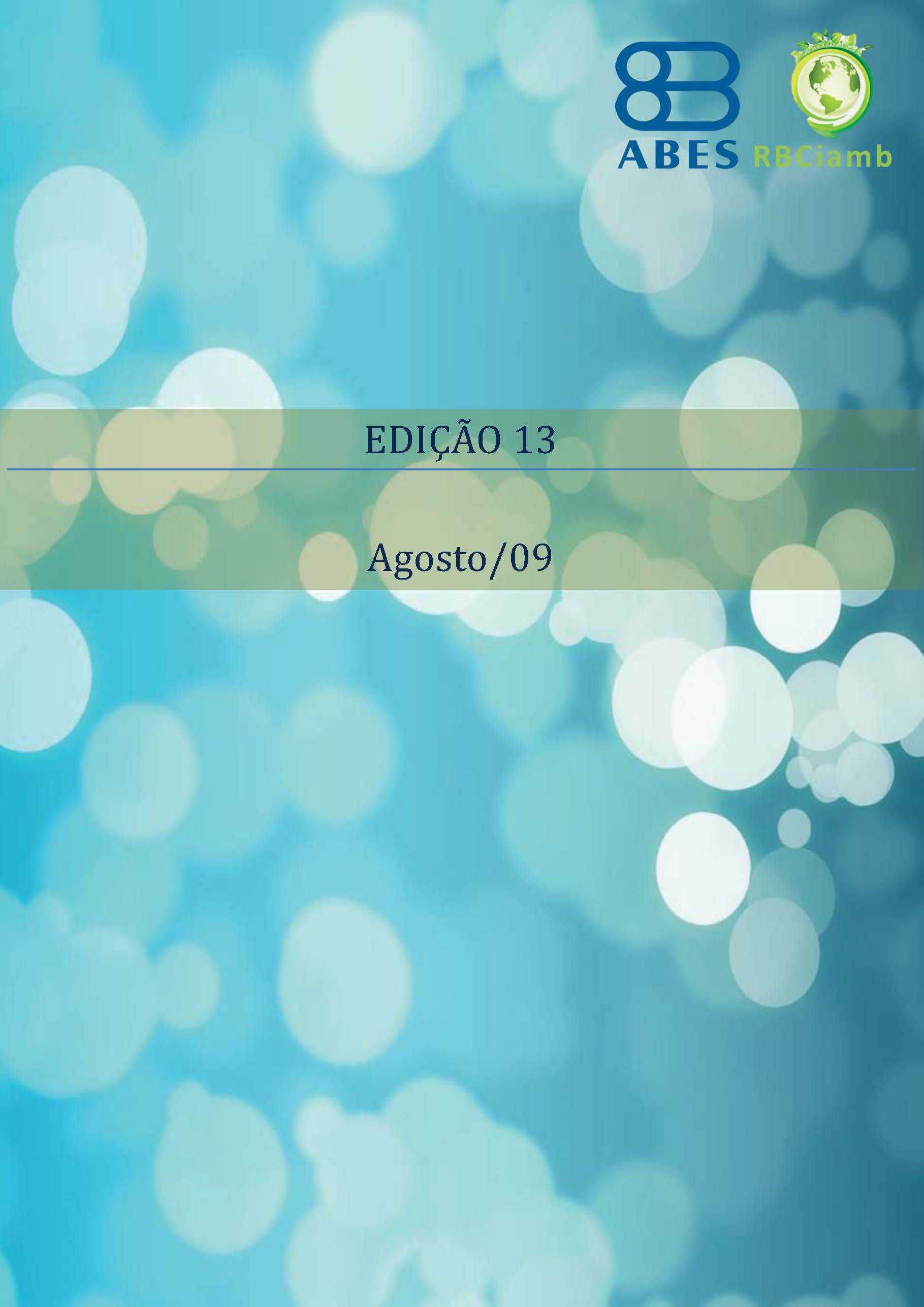Asessment of indoor radon distribution in the metropolitan region of Belo Horizonte, Brazil
Keywords:
.Abstract
Human beings are exposed to ionizing radiation from many natural sources. Radon and
its progeny have been recognized as the most important contributors to the natural
radioactivity dose, accounting for about half of all human exposure to ionizing radiation.
Radon (222Rn) is a a-radioactive noble gas derived from the natural series of uranium
(238U), which occurs in a wide concentration range in all geological materials, especially,
in rocks, soils and waters. By diffusion and convection, radon migrates from the rocks and
soils to atmosphere and through fissures, pipes and holes it may enter the dwellings and
other buildings. Another important radon source in dwellings is its emanation from the
construction material. The radon progeny concentration in dwellings has been receiving
considerable global attention due to its potential effect in causing lung cancer if it
deposited in upper respiratory tract when inhaled. This paper presents radon concentration
distribution in dwellings in Metropolitan Region of Belo Horizonte - RMBH. The effective
dose estimate is also presented for the RMBH inhabitants. The geological settings of the
area are Archean rocks of Granitic Gnaissic Complex and of metasediments sequences of
the great Precambrian unit of the Iron Quadrangle of Minas Gerais, Brazil. Radon
concentration measurements were carried out with continuous detector AlphaGUARD
PQ200PRO (Genitron), in passive mode and with passive detectos E-PERM Eletret Ion
Chamber-EIC. The radon progeny concentration was carried out with a solid state alpha
spectroscope, the DOSEman PRO (Sarad). It was found an indoor radon concentration
varying in a large range from 18.5 to 2671.4 Bq/m-3, with an average value of 148.0 Bqm-3
and geometric mean equal to 128.2 Bqm-3. The variable results are due mainly to region
geological factors and building material composition of dwellings. The equilibrium factor
between radon and its progeny were determinated in dwellings, as 0.3 in average.
Downloads
Downloads
Published
How to Cite
Issue
Section
License
Copyright (c) 2009 Revista Brasileira de Ciências Ambientais

This work is licensed under a Creative Commons Attribution 4.0 International License.






















